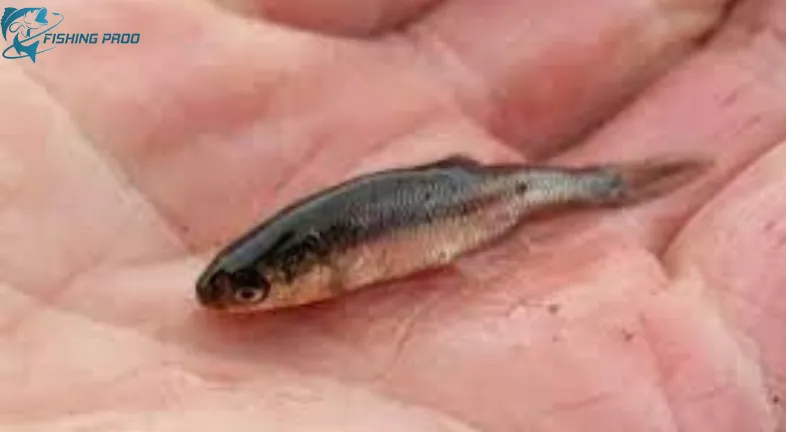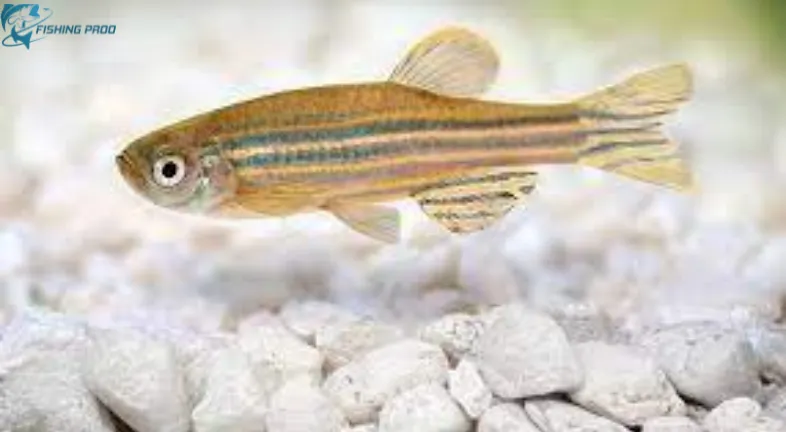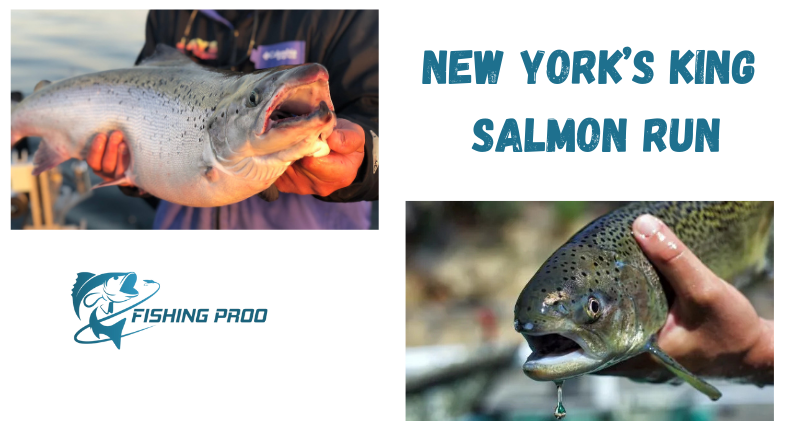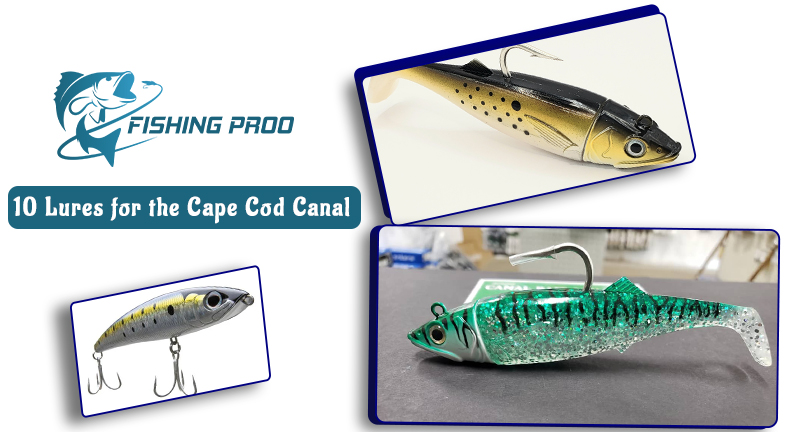MUD MINNOWS- EVERYTHING YOUR SHOULD KNOW

Master Adaptors in the Muddy Depths: Mud Minnows
Despite their humble moniker, mud minnows are interesting tiny fish that are essential to freshwater ecosystems. These hardy animals, which may be found in portions of Europe and North America, have learned to survive in harsh conditions, which has gained them the admiration of both scientists and anglers. Now let’s study everything there is to know about these amazing fish as we go into the realm of mud minnows.
Uncovering the Mud Minnow: A More Up-close View
Mud minnows are members of the Umbridae family, which has about seven different species. The three most prevalent types in North America are the Olympic Mudminnow (Novumbra hubbsi), the Central Mudminnow (Umbra limi), and the Eastern Mudminnow (Umbra pygmaea). These thin-skinned fish rarely grow larger than 2-4 inches, with a maximum size of approximately 7 inches documented. They have circular tail fins and a blunt nose on their fairly round, elongated bodies. Depending on the species and their environment, their hue might vary, but generally speaking, their undersides are lighter and their backs are brownish or olive green.
Masters of Survival: Getting By in Difficult Situations
Because of a number of special adaptations, mud minnows can survive in low-oxygen, slowly- moving bodies of water like ditches, ponds, and marshes. Here are a few of their amazing modifications:
Mud minnows, in contrast to most other fish, possess an altered swim bladder that has the ability to operate similarly to a primitive lung. This enables them to take in air from the surface, particularly when the water’s oxygen concentration is low.
Aestivation: Mud minnows can go into a dormant state known as aestivation during dry seasons when their habitat contracts or dries out entirely. Their metabolism slows down as they dig into the muck, preserving moisture and energy until the water levels rise once more.
Hardy Constitution: Unlike many other fish species, mud minnows can withstand a large range of water temperatures and even thrive in conditions that would kill them. They can live in a range of freshwater environments because of their tolerance.
A Vital Connection in the Food Chain
Mud minnows are tiny creatures, but they are important members of the food chain. As omnivores, they consume worms, tiny crustaceans, algae, insects, and insect larvae.
Consequently, larger fish, birds, amphibians, and reptiles depend on them as a food supply. Their existence in an ecosystem is a sign of a wholesome setting with pure water.
Mud Minnows and the Fisherman: Small Bait, Huge Gains
A common live bait option for freshwater fisherman is mud minnows. Their abundance, energetic movement, and small size make them perfect for pursuing a wide range of predatory fish, including walleye, bass, trout, and perch. Little hooks and bait, like as worms, insects, or even bread crumbs, can be used to catch them.
The following advice will help you use mud minnows as bait:

Mud minnow trapping: In shallow water, small dip nets can be used to catch mud minnows, as can minnow traps baited with bread or worms. Hooking Mud Minnows: It’s crucial to handle mud minnows carefully to prevent injury while using them as bait.
Recommendation against keeping mud minnows in aquariums

Mud minnows are interesting animals, but keeping them in a home aquarium is not usually advised. It can is challenging to mimic their unique requirements for aestivation and low oxygen habitats in a captivity. If you are an expert aquarist who is interested in maintaining mud minnows, you should make sure you can offer an appropriate habitat for them by doing extensive research on their requirements.
Threats and Conservation
At the moment, mud minnows are not regarded as an endangered species. Their populations, however, may be threatened by habitat loss brought on by development, pollution, and the introduction of exotic species. The existence of these extraordinary tiny fish depends on the maintenance of healthy freshwater habitats.
Mud Minnows: Greater Than First Appearances

Despite their diminutive size, mud minnows play a vital role in freshwater environments. Anyone who appreciates the wonders of nature will find them to be an interesting subject due to their distinctive adaptations, place in the food chain, and usefulness as bait for fishermen. Thus, the next time you’re investigating a pond or marsh, look for these masters of adaptation that are flourishing in the murky depths.
CONCLUSION:
A prominent example of the natural world’s capacity for adaptation are mud minnows. Because of their extraordinary skills and ecological importance, these little fish merit our admiration and conservation efforts. For this reason, the next time you’re investigating a freshwater habitat, look for these amazing tiny survivors. It’s possible to see a mud minnow darting across the shallows, which is an example of nature’s wonders and resiliency.








3 thoughts on “MUD MINNOWS- EVERYTHING YOUR SHOULD KNOW”
This article is a great example of your expertise and engaging writing style. Excellent work!
Great job on this post! You’ve managed to make a complex subject very accessible and engaging.
Fourweekmba There is definately a lot to find out about this subject. I like all the points you made